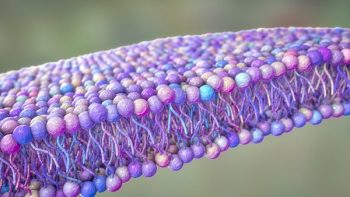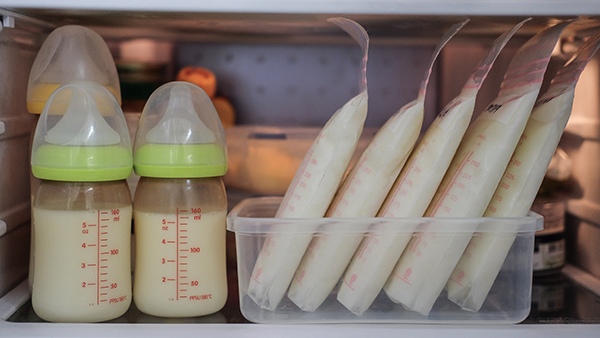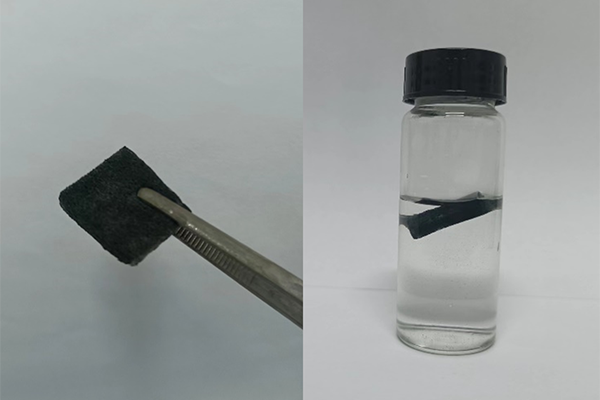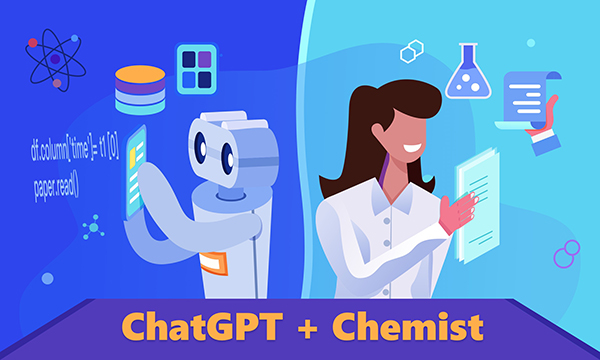FOR IMMEDIATE RELEASE
“Peptidomimetic Oligomers Targeting Membrane Phosphatidylserine Exhibit Broad Antiviral Activity”
ACS Infectious Diseases

Just as bacteria can develop antibiotic resistance, viruses can also evade drug treatments. Developing therapies against these microbes is difficult because viruses often mutate or hide themselves within cells. But by mimicking the way the immune system naturally deals with invaders, researchers reporting in ACS Infectious Diseases have developed a “peptoid” antiviral therapy that effectively inactivates three viruses in lab tests. The approach disrupts the microbes by targeting certain lipids in their membranes.
Viruses are almost like biological “zombies.” They are not quite living or nonliving, and are only able to multiply within a host, such as our body’s cells. Oftentimes, the immune system naturally destroys the pathogens with special molecules such as antibodies.
Less-well-known members of the immune system’s defense force are small protein-like molecules called antimicrobial peptides. These peptides aren’t good drug candidates, though, as they’re expensive to make, are quickly eliminated from the body and can cause side effects. Instead, some researchers have mimicked their function with lab-made molecules called peptoids that aren’t easily degraded by the body and are more economical to produce. Previously, Annelise Barron’s team showed that certain peptoids could pierce and destroy the SARS-CoV-2 and herpes viruses. This time, joined by Kent Kirshenbaum and colleagues, the group wanted to see if the peptoids could inactivate three other “enveloped” viruses enclosed within membranes — Zika, Rift Valley fever and chikungunya virus — as well as one that lacks a membrane envelope, coxsackie B3. No treatments currently exist for infections caused by these microbes.
The peptoids used in these experiments included three of the linear peptoids previously studied by Barron’s team, as well as four new circularized versions with increased antiviral activity. The researchers created model virus membranes using common lipids, including phosphatidylserine (PS). Membranes were disrupted most effectively when PS was present in higher concentrations, suggesting that the peptoids target it specifically. Though both human and viral membranes contain the lipid, it’s distributed differently in each instance, allowing an antiviral to preferentially attack the invader instead of the host. Next, the team incubated the peptoids with whole, infectious virus particles. Again, each worked to a different extent on the three enveloped viruses: some disrupted all three, some only one. However, none of the peptoids could inactivate the non-enveloped coxsackie B3 virus, showing that the mechanism of action hinges on the presence of the viral envelope. The team says that understanding this mechanism could inform the design of future peptoid-based antiviral treatments, and could be used to create drugs already armed against the next emerging viral threat.
The authors acknowledge funding from the National Science Foundation, the National Institutes of Health, Stanford University’s Discovery Innovation Fund, the Cisco University Research Program Fund, the Silicon Valley Community Foundation, and Dr. James Truchard and the Truchard Foundation. Kirshenbaum is the Chief Scientific Officer for and has material financial interests in Maxwell Biosciences, which is working to commercialize peptoid oligomers as anti-infective agents.
###
The American Chemical Society (ACS) is a nonprofit organization chartered by the U.S. Congress. ACS’ mission is to advance the broader chemistry enterprise and its practitioners for the benefit of Earth and all its people. The Society is a global leader in promoting excellence in science education and providing access to chemistry-related information and research through its multiple research solutions, peer-reviewed journals, scientific conferences, eBooks and weekly news periodical Chemical & Engineering News. ACS journals are among the most cited, most trusted and most read within the scientific literature; however, ACS itself does not conduct chemical research. As a leader in scientific information solutions, its CAS division partners with global innovators to accelerate breakthroughs by curating, connecting and analyzing the world’s scientific knowledge. ACS’ main offices are in Washington, D.C., and Columbus, Ohio.
To automatically receive press releases from the American Chemical Society, contact newsroom@acs.org.
Note: ACS does not conduct research, but publishes and publicizes peer-reviewed scientific studies.







